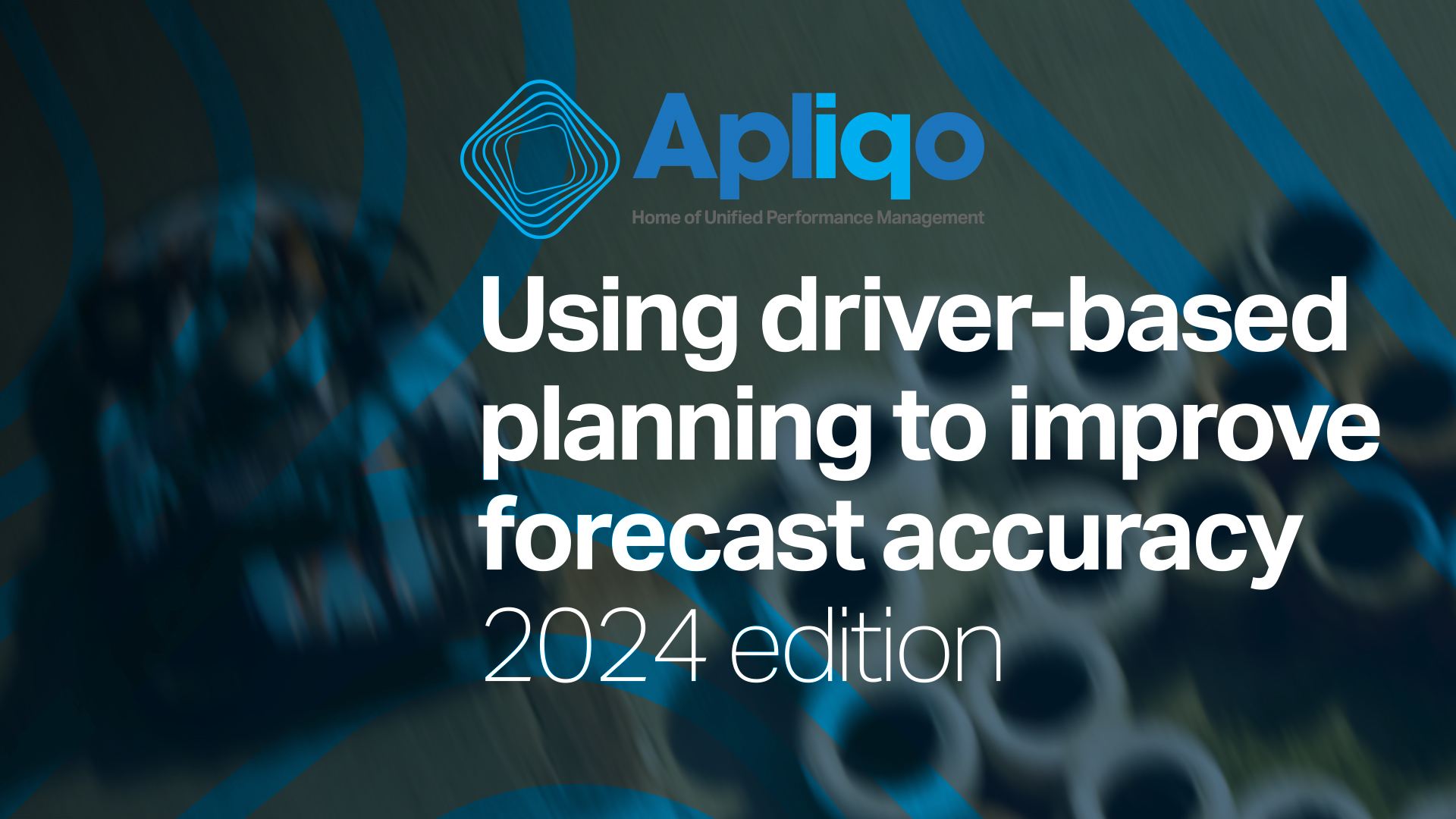Each episode will feature a particular challenge FP&A professionals around the world face and a path to overcome them. Episode 1 “Evaluating and improving FP&A effectiveness” is right around the corner.
Episode 1 – Evaluating and Improving FP&A Effectiveness
FP&A is more important than ever due to the pace of change and uncertainty in today’s business environment. Management is seeking better, more refined analysis and critical evaluation and insight into business performance. Finance leadership must respond to the high expectations on the FP&A organization. The first step should be a thorough and objective performance evaluation of the FP&A organization, followed by the development of a formal improvement plan.
In this webinar, we discuss methodologies to asses current performance in FP&A and developing a roadmap for implementing improvements.
Watch the video.
Read the article 3 tips to increase your FP&A efficiency.
Episode 2 – Planning and budgeting best practices
Traditional approaches to budgeting and planning do not work in the 21stcentury. The pace of change, level of uncertainty and technology advances dictate new approaches to developing projections. Best practices include identifying and monitoring critical assumptions and drivers, developing a robust projections model to facilitate updates and scenarios, creating alternative scenarios based on potential upside and downside events and integrating planning and performance management.
In this webinar, we discuss the limitations of traditional budgeting tools, review best practices and provide measures to assess the effectiveness of planning processes.
Watch the video.
Episode 3 – Preparing for and managing through business downturns
The next business downturn is inevitable and the time to prepare is now. Instead of reacting to negative cycles with short-term and dysfunctional actions, organizations should prepare by evaluating and modifying the business model, adopting agile and flexible practices, developing a robust planning process, tracking key assumptions and conditions, preparing alternative scenarios and identifying trigger events.
In this webinar we will discuss the actions that will improve performance during the good times and the challenging times.
The webinar will be held on 11th December 2019. Register today.
Episode 4 – Improving cash flow and working capital management
Working Capital requirements are an important driver of value creation. Working capital levels are driven primarily by process and policies related to accounts receivable and inventory. Critical analysis and KPI’s covering Supply Chain Management and the Revenue Process can illuminate these drivers and lead to improved practices and reduced working capital requirements.
In this webinar, we will discuss KPI’s, drivers and underlying processes and developing programs to improve working capital management.
The webinar will be held on 22nd January 2020. Register today.
Check these and other webinars we have available on-demand at https://apliqo.com/webinars and know that Jack Alexander’s book is available Amazon.








